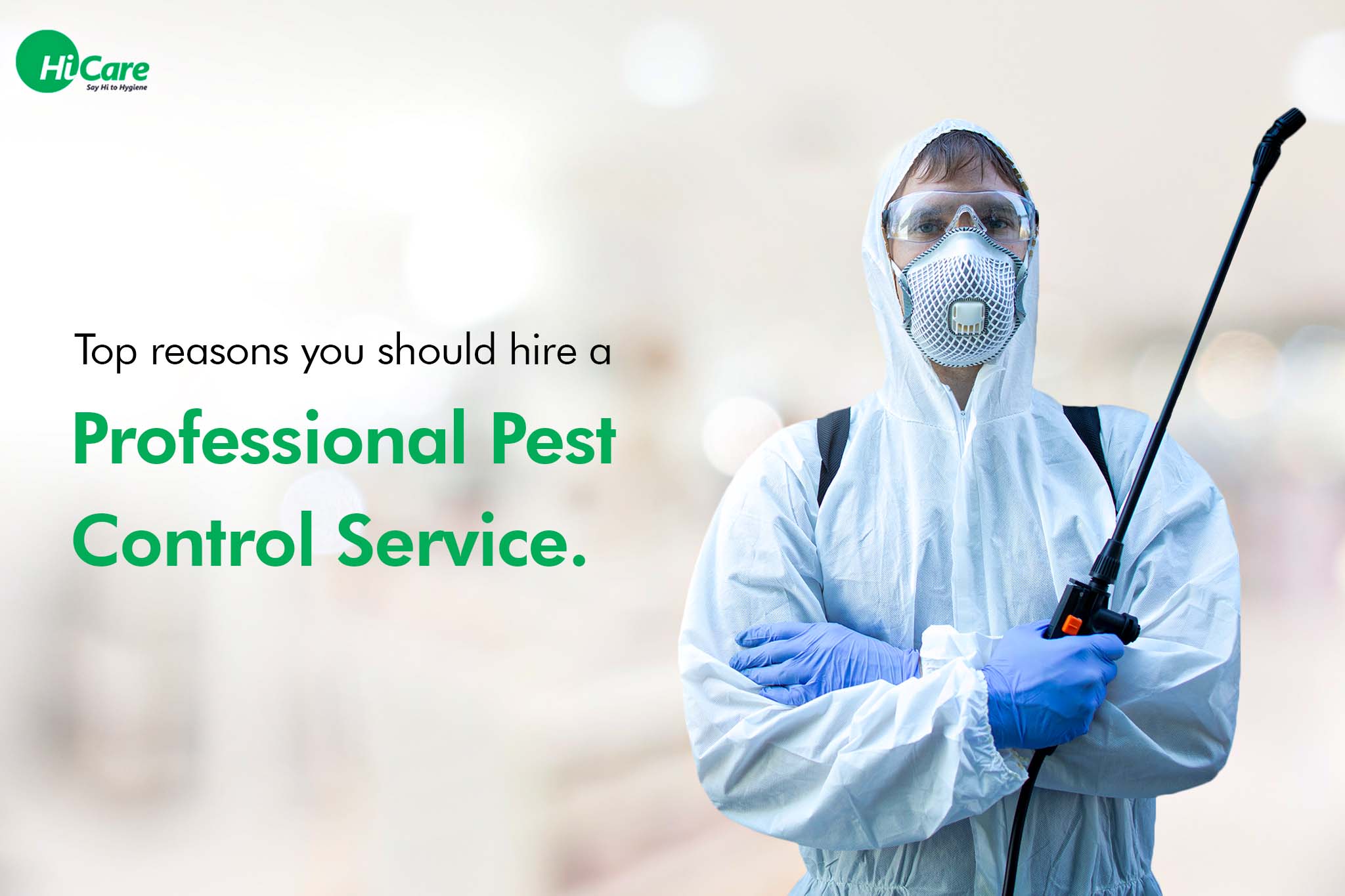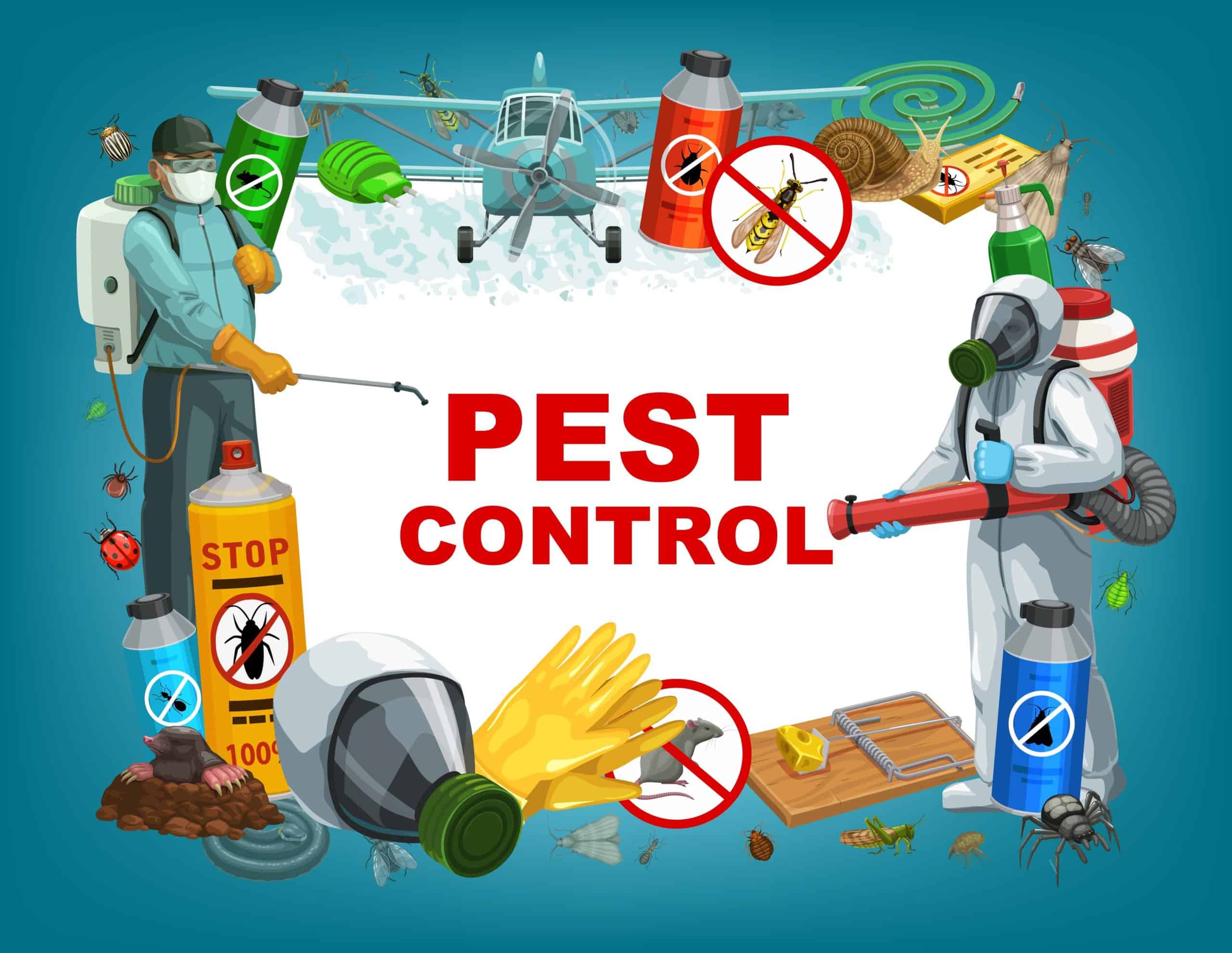Relied On Pest Control Homestead Specialists for Long-Term Outcomes
Relied On Pest Control Homestead Specialists for Long-Term Outcomes
Blog Article
Discover the Keys of Bug Control: Exactly How It Works and Refine Revealed
Bug control is a careful practice that includes a deep understanding of pest actions, critical planning, and accurate implementation. From determining the root causes of invasions to carrying out customized control steps, the procedure of insect control is a mix of science and approach focused on keeping a harmonious setting. Nevertheless, the details of this process frequently remain veiled, shrouded in mystery. Deciphering the subtleties behind reliable insect control introduces a world of organized techniques and carefully determined actions that are crucial in combating and protecting against pest-related issues.
Insect Habits Comprehending
Recognizing the elaborate behaviors of insects is crucial for efficient bug control administration. By delving into the habits and patterns of various insects, experts can develop targeted strategies to remove infestations and stop future events. The habits of cockroaches, such as their choice for humid and dark atmospheres, overviews pest control specialists in establishing where to focus therapy efforts. Similarly, recognizing that rodents are nocturnal animals assists in establishing traps and lures throughout the most active hours. In addition, recognizing the reproductive cycles of parasites like ants aids in interrupting their swarms' development.
By remaining abreast of the newest study on insect actions, insect control specialists can constantly improve their methods and remain in advance of developing parasite populations. Eventually, a deep understanding of pest behavior is a foundation of effective insect control monitoring.

Assessment and Recognition Methods
Efficient pest control monitoring relies heavily on careful examination and precise recognition approaches to properly develop and assess infestations targeted eradication techniques. Assessment includes an extensive assessment of the residential or commercial property to determine the extent of the pest problem, recognize the kind of parasite existing, and situate possible entrance factors. This procedure might consist of aesthetically inspecting typical hiding areas, utilizing tracking tools such as catches or cameras, and evaluating pest droppings or damage indicators.
Identification is a critical action that follows evaluation, as various insects call for details therapy approaches. Parasite control professionals use their competence and knowledge of parasite behavior to identify the species present precisely.
Insect Control Measures Application
Having actually diligently evaluated and precisely recognized the parasites existing, the next vital step is the execution of targeted bug control steps to efficiently get rid of the infestation. Chemical therapies include the usage of chemicals to get rid of pests, while organic controls introduce all-natural predators to manage parasite populations.
Correct application of insect control procedures calls for proficiency to guarantee the security of residents and try this out the environment. By employing targeted pest control actions, infestations can be efficiently eradicated, producing a much healthier and pest-free atmosphere.
Environmental Influence Considerations
When applying parasite control procedures,Careful analysis of the possible environmental influence is a crucial facet. Bug control techniques can have different results on the atmosphere, consisting of non-target varieties being impacted, contamination of soil and water resources, and interruption of the community. It is crucial to take into consideration these variables to lessen any kind of unfavorable effects on the atmosphere.
To mitigate ecological impacts, incorporated parasite management (IPM) approaches are often advised. IPM focuses on making use of a mix of methods such as organic control, habitat control, and the targeted usage of chemicals as a last option. Pest Control Homestead. By using an all natural strategy, IPM aims to manage pests successfully while reducing damage to the setting

Ongoing Monitoring and Avoidance
Continual surveillance and avoidance play critical roles in keeping effective pest control strategies with time. When preliminary insect control measures have been executed, ongoing monitoring becomes vital to track insect task levels and guarantee that the chosen approaches are working effectively. Normal assessments by qualified professionals permit the early discovery of any kind of indications of pest rebirth, allowing swift activity to be taken before the infestation escalates.
Preventative actions are just as critical in maintaining a pest-free setting. Applying techniques such as sealing entrance factors, keeping cleanliness, appropriate waste management, and lowering sources of food and water deny parasites of the essentials they need to flourish. By proactively resolving these factors, the possibility of a bug problem is considerably minimized.
Moreover, preventive steps add to the long-lasting success of bug control initiatives, minimizing the need for reactive treatments and connected prices. By incorporating ongoing tracking and avoidance into a thorough bug administration strategy, businesses and individuals can properly safeguard their properties against undesirable intruders.
Conclusion
Finally, bug control involves understanding pest actions, conducting thorough assessments, carrying out control actions, taking into consideration environmental influences, and preserving ongoing monitoring and avoidance. By complying with these steps, parasite invasions can be efficiently managed and regulated. It is important to take an aggressive technique to pest control to protect both human health and the setting.
By staying abreast of the most recent research study on pest habits, pest control specialists can continuously refine their strategies and stay in advance of developing pest populations.Having diligently checked and accurately identified the bugs present, the following vital step is the execution of targeted insect control measures to successfully eliminate the infestation.In addition, selecting environmentally friendly parasite control items and methods can dramatically reduce the ecological footprint of bug monitoring practices - Pest Control Homestead. Once preliminary parasite control procedures have been applied, ongoing monitoring becomes crucial to track insect activity levels More hints and guarantee that the selected techniques are functioning properly.In conclusion, insect control includes understanding bug behavior, conducting detailed assessments, executing control measures, considering ecological effects, and maintaining continuous tracking and avoidance
Report this page